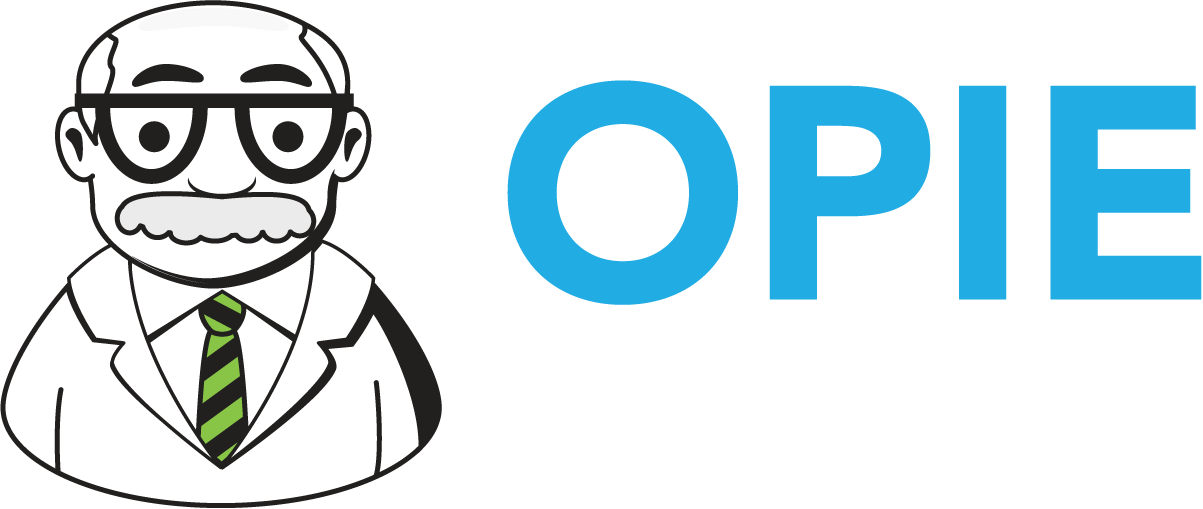Plan the Visits!
If you are like most of the people I know in O&P, you are coming off of a hectic time as you and your patients tried to squeeze in office visits and deliveries before the new year began. Based on many conversations I have had; October and November are the months that people are a little apprehensive about year-end revenues. I think that apprehensiveness results in patient callbacks. We start reaching out to the patients who may have needs and we get them scheduled. Thus, we have a busy December.
There is a lot we need to focus on as we run a business and attracting new patients (customers) is certainly key. Everyone knows that if we have no customers, we have no business. But a new customer and a retained customer are not the same thing. Customer, or patient, retention is a critical part of a successful practice, and it is a risky position if we assume the patients will come back when they are ready. Yes, there is a certain stickiness, especially for our chronic patients, but what if you made a concerted effort to focus on patient retention?
As a care provider, our patient’s well-being should be a factor in our clinical and operational decisions. I know that once a delivery is made, that pretty much sums up the revenue side of the prescription. I also understand that customers are nice, but paying customers keep the lights on. We have to have that healthy mix. But just because you have delivered a device does not mean the revenue stream from the patient is over. They have entrusted you with their healthcare needs once. Odds are good they are going to need care again. And they may even know someone who needs your services. Don’t you think it is important that yours is the first name that comes to mind for them?
By maintaining a consistent level of communication with your patients, you can stay apprised of their well-being, you can monitor physical changes that may require a new liner, or socks, or excessive wear on an orthosis, or any number of things that allow you to keep your patients on track. With proper documentation and established medical necessity, you may have the ability to provide your patients with the level of care to which they are entitled and still get paid for it! Proactively managing your patients in this way may also allow you to level out your business and make your revenue generation less cyclical.
Think about innovative ways you can more actively monitor your patients’ well-being and identify opportunities to provide the appropriate care at the appropriate time in conjunction with the other health care professionals in your patient’s sphere.

